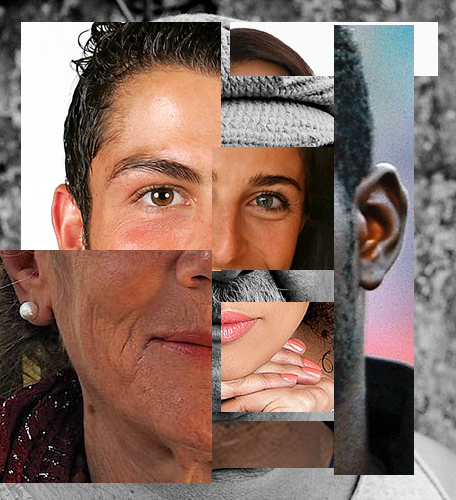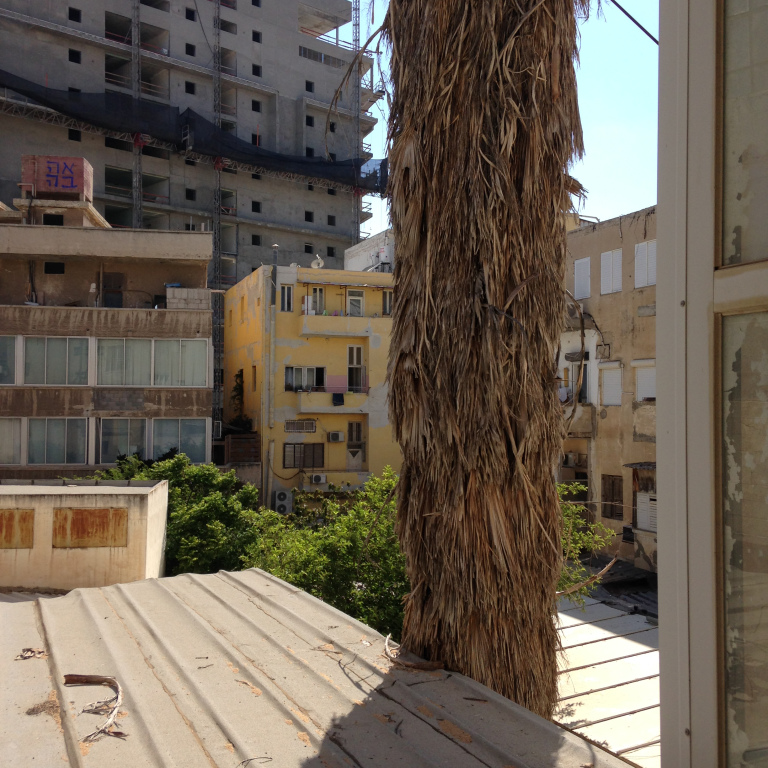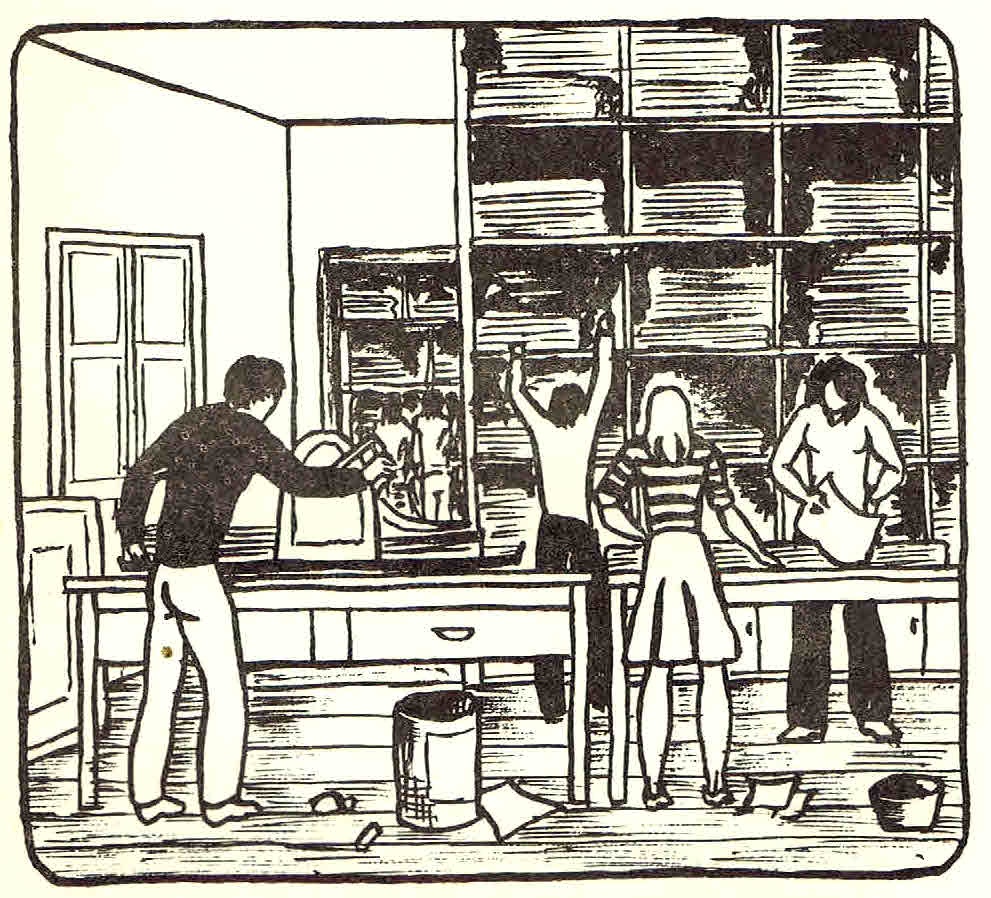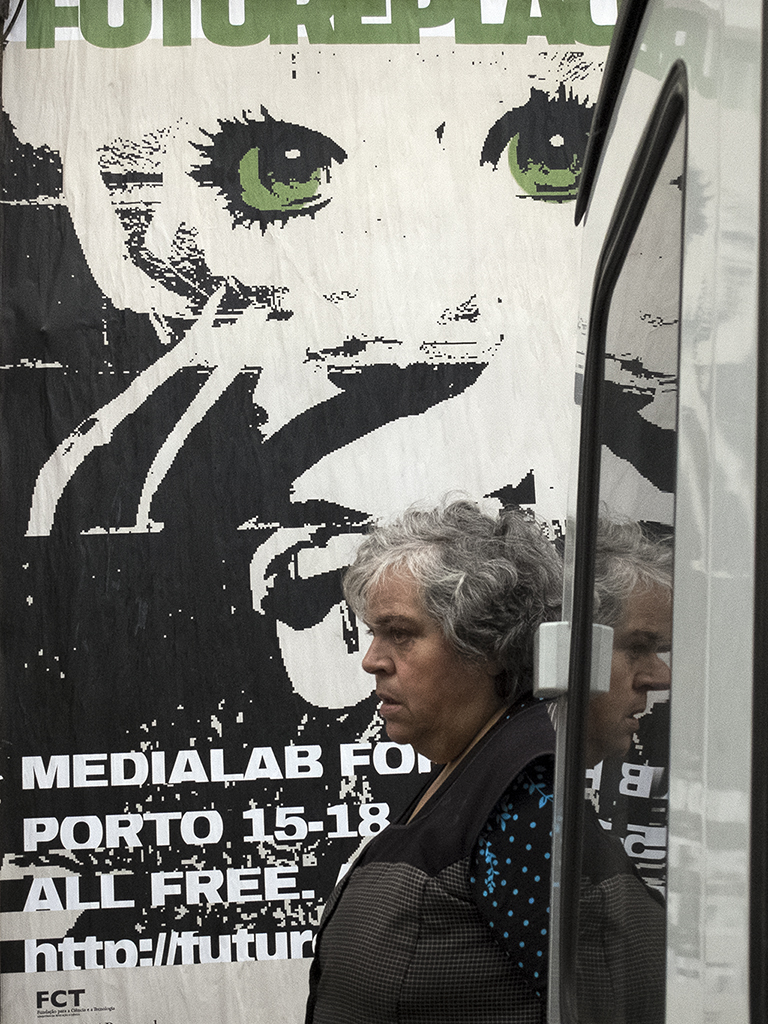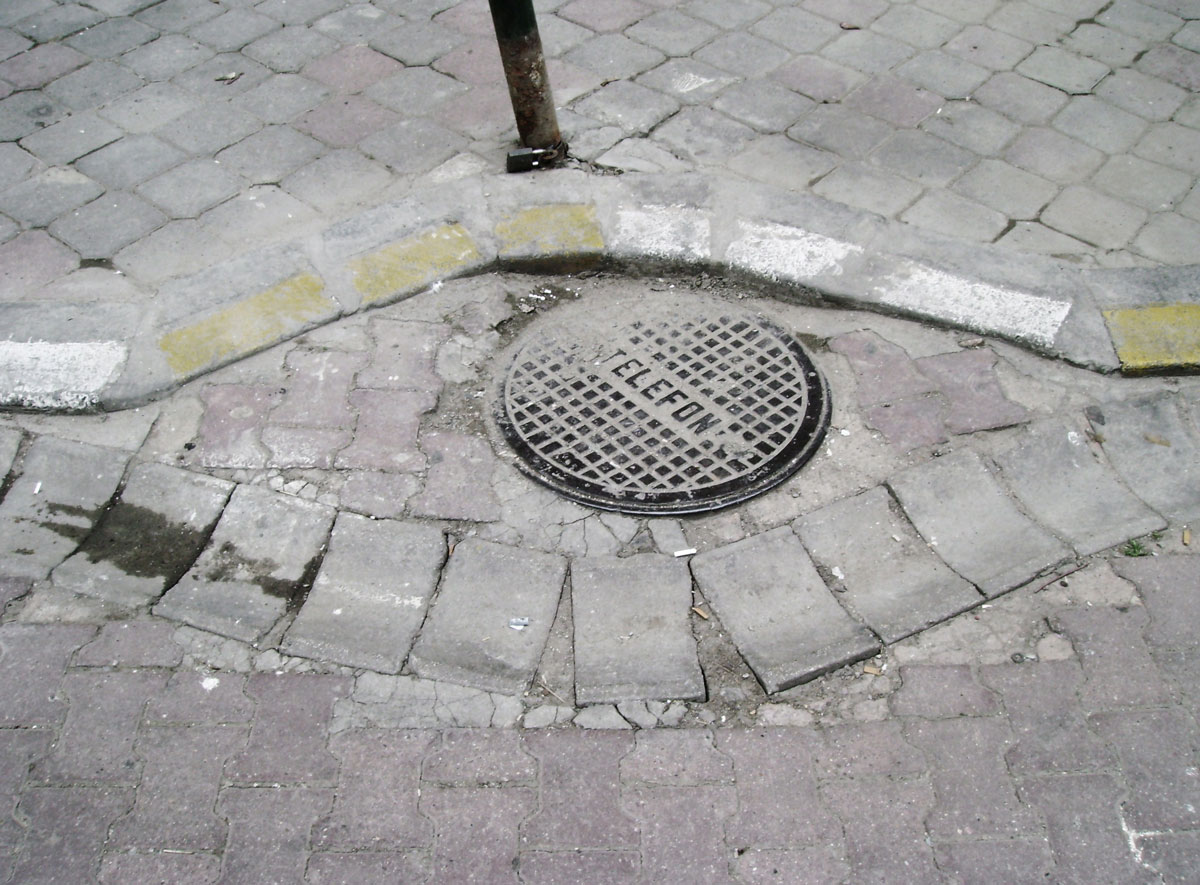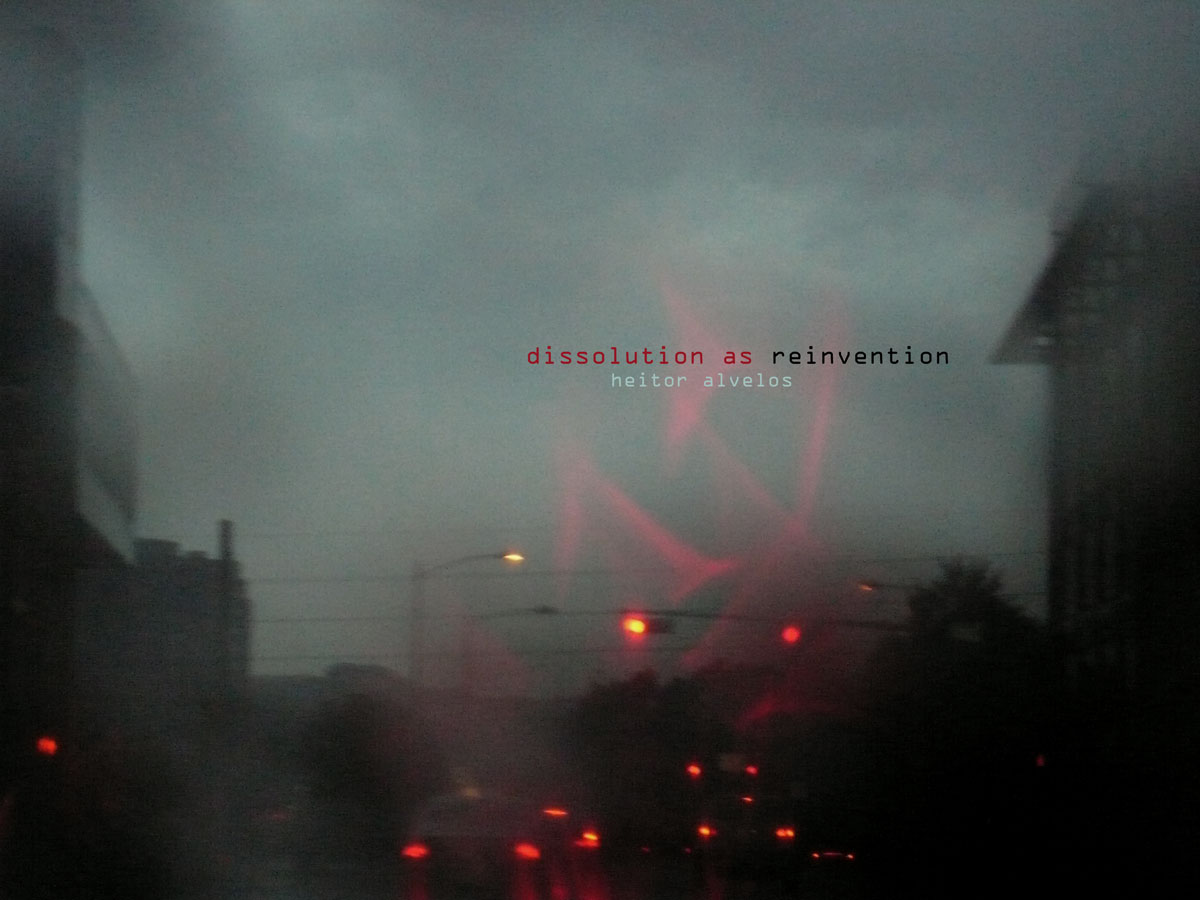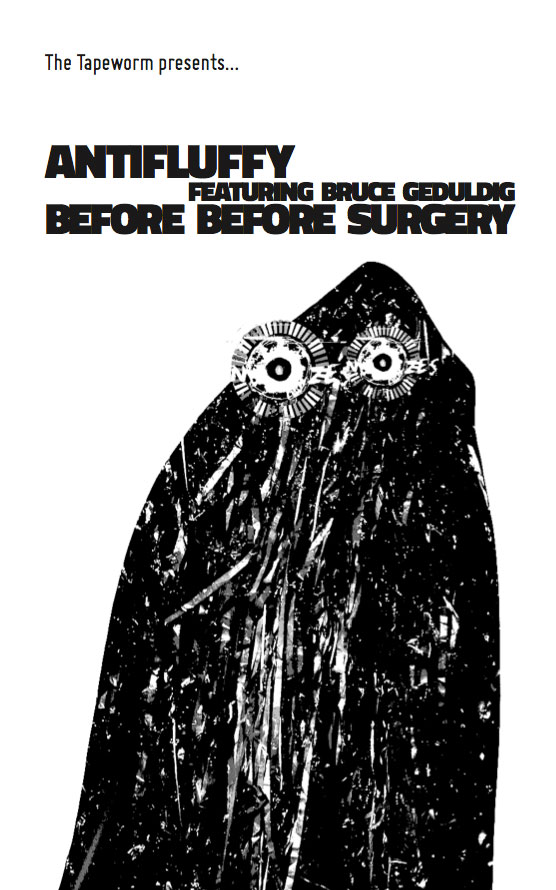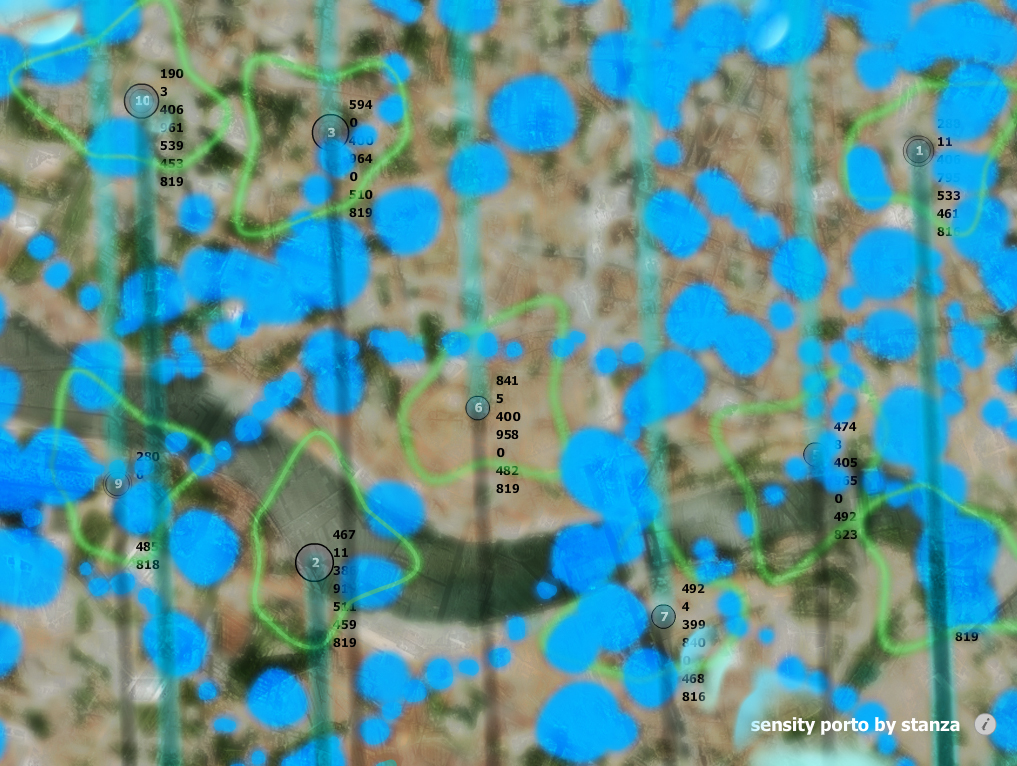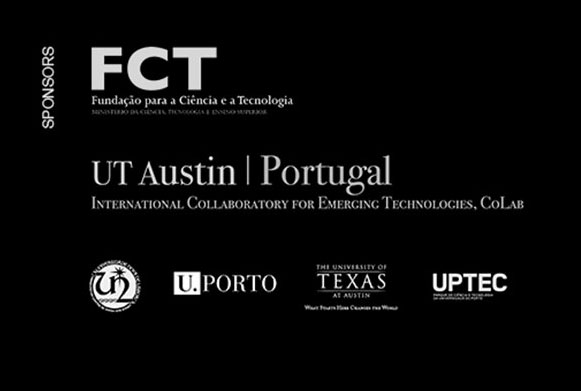

We begin by positing the possible inadequacy of “design” as a term to outline an activity, a profession, in 2010. New media and its latest offspring, prosumerism, have dictated a major shift in the creative act: anyone anywhere can do design now. Good design, bad design, so-so design? Even these parameters remain ambiguous and open to discussion (isn’t the creative act an act of aesthetic rupture? So it has been for over a century now). This much we know, whether we want it to be like this is a different ballgame – yet truth is, there isn’t much we can do. Content production and aesthetic choice is in the hands of the average citizen, and it certainly won’t be revoked any time soon. Design seems to be busy producing customizable templates at the moment, but that is simply the surface to be scratched.
Design research may be a different animal: systematic enquiry is not exactly the shining territory of the average laptop user… Yet if one adds to this empirical evidence the multiple claims for design activity itself to be acknowledged as research, we may step into a conundrum of exponential complexity. Let us avoid it for the time being, and eventually return to it, acknowledging instead that design has developed towards a holistic definition, both in the hands of the laptopper and in face of its ties with a vast wealth of universes of human knowledge and practice, from fashion to engineering, from interface development to graffiti, from nouvelle cuisine to guerilla gardening. Granted, what most activities under this expanded umbrella of design have in common is the development of symbolic systems of representation and communication, yet it is simply no longer possible to extract an operative definition of “design” from specific activities that are supposed to characterize it.
Just as the emergence of the prosumer has dictated a profound revision of design as an activity, new media have been fostering a similar re-thinking of the universe of symbolic constructions that design is traditionally responsible for. Linearity was never a strength of affective communication, but we now face a much deeper transformation, as hyper-narratives, intersecting various media, various technologies, various audiences, dictate a further revision of the traditional parameters of design production. Design must now encompass knowledge in new media, cutting-edge software, branding and the History of Print, experience in viral communication, fluency in English, an enviable network of contacts, a sense of humor, a hunch for authenticity, a finger on the pulse of youth culture, remix culture, alternative cultures. These qualities don’t all have to coexist in the same individual, but they do need to speak to each other. Multiple authorship, multiple editions, platforms, interfaces, re-appropriations, seductions, convergences: the design object in 2010 is thus multimedia, impermanent and labyrinthine.
The search for such an object will likely end in frustration, mostly because the concept of “object” has been merging with the concept of “brand”: Nike at one point claimed it was no longer in the business of making shoes, but rather in the business of stamping the swoosh in as many products as possible. It is, therefore, a question of ubiquity, a question of attaching a particular myth onto the most varied, even disparate, contexts. With this in mind, the case of Bruno Aleixo, originally a Portuguese viral animation series that branched out to all media in the meantime, may be both an example of the guise design can assume in 2010, and a template for further design development.
Bruno Aleixo is the main character of a fictional animation series that emerged publicly in 2008 in online environments, bridging trash aesthetics and crass humor, yet full of social and ideological relevance. Aleixo initially appeared as a protagonist of a series of online animation shorts, entitled “This advice I give you”. This title immediately suggests an ironic relationship with a classical universe of references that post-modernity psychoanalyzed in due time, the irony promptly confirmed in the content of said shorts. A sample: generic classical music and romanticized urban landscape in the background. Bruno Aleixo fades in and whispers, as if reading poetry: “Never lend your laptop to an Erasmus student. They will mess up with your keyboard configuration, and you won’t be able to type Portuguese characters”. Fade out. (1)
The reference to the literary work of Portuguese writer António Aleixo in the series title, and, more obliquely, a certain pseudo-classicism expressed in the imagery of the scenery and the soundtrack, cohabit deliriously with visual references cannibalized from the “Star Wars” movies (Aleixo is actually an Ewok, a plain and simple appropriation of a Star Wars character, subsequently submitting himself to plastic surgery in order to avoid lawsuits once the series crossed over to mainstream media).
Subsequent audiovisual productions in this series quote the work of a Martin Scorsese film, the figure of Napoleon Bonaparte, and the B movie “The Creature From the Black Lagoon” – and simultaneously parody television advertisements, newspaper headlines, football, children’s toys and call centers. Meanwhile, the early Aleixo Youtube videos opened the path to cable TV series, mainstream radio programs, world cup sponsorships and TV ads, all while consolidating a viral online presence via websites, facebook pages where the characters interact with friends as real people, even email messages read aloud in a Brazilian talk show by an unknowing host.
Aleixo thus lives in an extreme post-modern universe, where the complex web of interdependent media dictates that a coherent aesthetic and semantic structure is no longer possible or even desired: the series fosters a deeply cynical hall of mirrors, devoid of texture and continuously mutating, reality only acknowledging itself as its own simulation model: Baudrillard would be proud. However, it is through the ownership of this cynicism that the seriousness of Aleixo rises above the rest: it may be the best self-portrait of its authors’ generation (2), themselves situated somewhere between the historical inheritance of a deeply isolated country (in social, cultural and narrative terms), and a contemporary reality where the overabundance of references will, in this case, function as a cathartic mechanism of that very past of abstinence, all through a veil of calculated nostalgia.
This overabundance of references is a key aspect of contemporary culture, as is the evidence that the individual cannot encompass its totality, randomly strolling through fragments instead. Yet rather than a detailed description of this state of late post-modernity, or an anticipation of its developments, an attempt to rescue meaning out of this apparent randomness may prove more effective, particularly in attempting to unravel the symbolic capital of Bruno Aleixo.
We first acknowledge that Aleixo unequivocally refuses the traditional cannons of creative production, formerly anchored in the figure of the artist as a singularity, an exception, the owner of a unique and irreducible vision. New media have contributed to a dramatic shift away from this paradigm, and Aleixo is clearly born out of this shift: the animations are crude, they could seemingly be made by anyone with access to any kind of computer and basic knowledge of video editing. This in itself can be regarded as a manifesto against the often-called genius of the artist, and truth be told this myth is being challenged left, right and center in recent years. The problem is, specific socio-cultural contexts do not gain much by endlessly celebrating the Banksies, Shepard Faireys and Chris Crockers of the world: their local translation is inevitably derivative. This is another reason why Aleixo’s semantic mission is equally effective, as it explores another historical myth rendered social evidence, one we could call “portugality”, over which Aleixo develops an oblique process of socio-cultural psychoanalysis, in addition to the aforementioned historical catharsis. It only makes sense in Portugal, it could only appear in Portugal, it does not translate anywhere else – although it may be explained or alluded to or creolized. So much for the uniformity of global culture.
Bruno Aleixo and the various other characters of this series are, in essence, caricatures of certain types of citizens that embody this “portugality” that remains dissonant, in permanent conflict with itself, somewhere between a proverbial immobility and a thirst for reinvention that will always be peripheral.
Bruno himself is the embodiment of the stereotypical Portuguese male: an ill-tempered smart-ass, highly conservative in his tastes, hyper-critical of others as a mechanism of self-enhancement, his half-baked ramblings passing for high-culture; Renato is a university engineering student, recently back from an Erasmus exchange stay in the Czech Republic. His daily life is a succession of chatrooms, parties and sexual conquers (on a second level, Renato may be regarded as a caricature of the national education system); Homem do Bussaco is the illiterate creature, the rural savage, the individual whose accent is just as incomprehensible as his own random mental constructions; and Busto is an animated statuette of Napoleon who happens to work in a call center and uses his computer at work to chat online with Renato in the Czech Republic. He is clearly more intelligent and has a stronger sense of ethics than his friends, and this is precisely the reason why he is the perpetual target of his friends’ hostility – yet Busto is incapable of transcending the very mediocrity he stands against in the countless arguments among his peers. All of the above is permeated by expensive kitsch aesthetics of the worst kind, which, in this context, become the quintessential aesthetic statement.
The stereotypes provided by these characters may serve as escape mechanisms for a social fabric with chronic difficulties in transcending a historical narrative of fatality and resignation (and concurrent difficulties in accepting this condition), thus providing a way to turn this fate into celebration. Yet the fact that this mechanism of socio-cultural psychoanalysis stems from online social networks (and subsequently flourished in traditional media) is not a coincidence: it may be precisely through participatory media that this condition of fatality will be resolved. From the moment the universe of digital media dramatically expands the wealth of available content and invites the average citizen to re-digest and re-produce, the participation of said citizen in cultural, social and political contexts is not just possible but may also begin to be also expected and desired.
The irony, of course, is in the way a fairly obscure animation series that develops a crude sense of humor not only becomes a psychoanalytical resource, but constitutes a shining example of the possibility of a participative social fabric that may ultimately become what Gary Chapman calls the “Wiki State”(3) (a self-explanatory term if there ever was one). This tendency for design’s social involvement has been gaining substantial momentum in recent years, but the discourse has largely been focusing on examples of a charitable nature, and the direct dependency between online participation and tangible traditions of social involvement remains very much in place. Furthermore, what we could call “wishful activism” may become a problem in the short run, an act of self-sabotage from the moment actual social involvement is replaced by the Facebook “Like” button in the citizen’s mind. Find a worthy cause, press “Like”: problem solved. If only. The hunch that the trash humour of Aleixo may be socially more significant and consequent than 10,000 Facebook “Likes” on a worthy cause thus becomes an evidence. Example at hand: Homem do Bussaco features in an online short film where he praises the natural beauty of his birthplace up in the mountains and argues for the need to classify it as natural heritage (4). Yes, it’s hilarious to watch this poor cave-man grunt incomprehensible words and heavy-duty slang – but the need to foster local culture and environment is conveyed, and will probably reach an audience in much more effective ways than a “serious” ad carefully crafted for high-brow cultural TV programs.
We do understand that online social involvement is more readily recognizable in the spheres of entertainment and information: yet this major shift into prosumerism has enormous potential to produce an effective impact in the most diverse aspects of politics, education and health – and in the way design relates to these. We thus argue that the communication structures that support participatory media in contexts of entertainment (such as Bruno Aleixo’s) may be applied and tested in new models of citizenship and social solidarity. Furthermore, we recognize how the aforementioned narrative of conformity may gradually dissipate through networked participation which may evolve into a model of social operation – far away from governmental and institutional models, traditionally based on tight hierarchies of information and communication.
We have therefore attempted to validate a current research project focusing on children’s cancer, oncologiapediatrica.org, through the testing of communication models that are usually situated in this sphere of entertainment, hereby typified by Bruno Aleixo.
Within the scope of oncologiapediatrica.org, we attempt to demonstrate that de-centralized online systems may play a decisive role in mobilizing citizens towards solidarity. oncologiapediatrica.org aims at becoming an agent of convergence between individuals, researchers and institutions that are somehow affected by or related to the issue of pediatric cancer. This is a particularly difficult challenge in the Portuguese context, as again the tradition in regards to health shifts between silent suffering and the surrendering of knowledge, information and responsibility to the exclusive hands of the health professional. In the end, the biggest challenge is this convergence of agents, a convergence that implies the beginning of a social paradigm shift – as well as a deep re-thinking of the role of design, from aesthetic proponent to social contributor through symbolic representation and communication. Design has indeed been present throughout this process – it has been at its root, and has actually been its core driving force – yet it has not abandoned its aesthetic premise. It has, however, challenged the prevailing myth that the need for design arises at a later stage of project development.
Children’s cancer communities are readily visible in blogs and popular social networks such as Facebook. Key institutions have a presence in these networks, but the difficulties in institutional interaction with citizen communities are frequent. In addition, as we know, fragmentation, lack of safety and dubious information are core aspects of online activity. This is itself a key aspect of oncologiapediatrica.org: the research encompasses ways to lessen these dangers, and thus ratify the possibility of safely providing and receiving online information and support in health-related environments.
Within the framework of oncologiapediatrica.org, active citizen participation has been increasing steadily, namely by people who are most directly affected by this illness. Although there is a tendency for lack of focus in online environments, we are witnessing the first stances of self-organization and mobilization on the part of online users. An example of this has been the sprouting of campaigns for bone marrow donation, that have used online social tools as main channels for communication and interaction – some of these with remarkable results, such as the cases of “Ajudar o Afonso”, “A Onda do Leo”, or “Ajudar a Marta” – this last one having been the first phenomenon of this kind in Portugal. Duarte Lima, president of the Portuguese Association Against Leukemia, publicly praised this particular campaign, calling it paradigmatic, as it raised the national donors register by about 13,000 people. This campaign mobilized the most varied national sectors, and featured extensively in traditional media once it became a wide online phenomenon. The press largely focused on how a small group of citizens mobilized a nation through online social media.
We therefore attempt to summarize a proposition that encompasses the ever-evolving definition of design, new media prosumerism, socio-cultural psychoanalysis and citizenship involvement in health contexts. We have done this primarily by arguing that the Bruno Aleixo animation series readily typifies both the ongoing transformations in models of media participation and the possibility of a major shift in Portuguese contextual and historical narrative through this emerging kind of participation.
We further argue the validity of testing online entertainment communication templates in contexts where these may contribute to an effective growth of social involvement. In particular, we presented the ongoing research project oncologiapediatrica.org, where a narrative of conformity is questioned in ways that mirror the mechanics of Bruno Aleixo, despite the absence of caricature and obliquity.
We finally argue that, despite its current fluid state in face of the prosumer and the multiple branching onto other areas of human activity, contemporary design now gathers all technological, semantic and structural premises to reach beyond its traditional spheres of operation. We posit the imperative of designers to become active participants in this process of expanding prosumer culture beyond its sphere of entertainment, reinforcing a social mission in which creative activity may recognize, reinvent and legitimize itself.
Heitor Alvelos
ID+ / INESC Porto / University of Porto (Portugal)
Nuno Martins
ID+ / Polytechnic Institute of Cávado and Ave (Portugal)
Notes:
1 Search “os conselhos que vos deixo” on www.youtube.com
2 GANA, Guionistas e Artistas Não-Alinhados: http://nao-alinhados.com
3 Chapman, Gary. “The Wiki State: Transforming Government with New Internet Tools”. Lecture: March 14, 2008. University of Porto, Portugal. Accessible at http://tv.up.pt/videos/4M5qd9HJ
4 http://www.youtube.com/watch?v=CVvuDYBFka8

